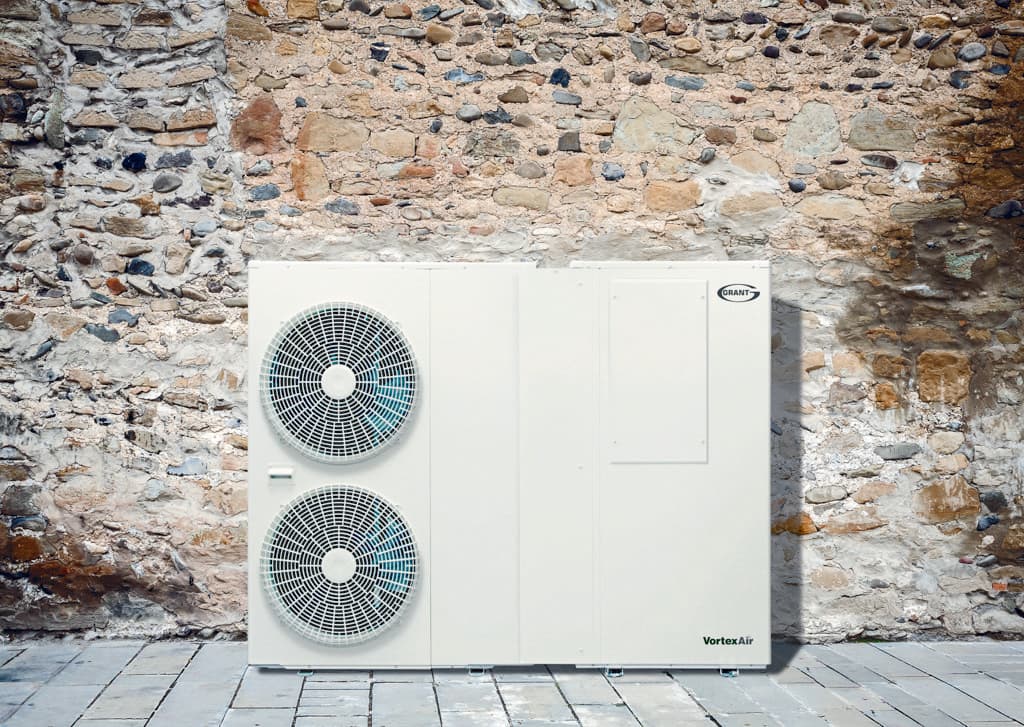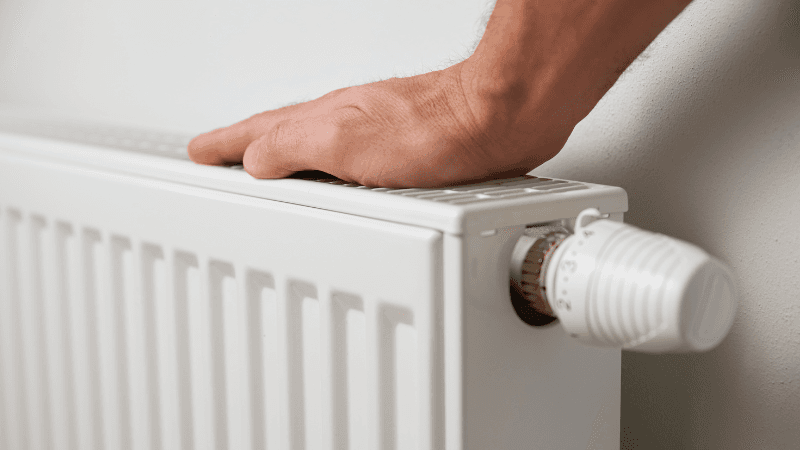Discover the heat pumps that let you split your bills with planet earth

As the technology in our society continues its unending march forwards, it’s easy to feel a little overwhelmed by the range of options available. Whilst we’re often advised by governments and media to try and move away from fossil fuels, the renewable alternatives can be hard to decide between while planning for your own home. We’ll discuss the relative advantages and negatives of ground and air source heat pumps, and we’ll guide you through the government renewable heat incentive and what it can offer you. The topic of renewable heating sources has gained additional momentum since the release of the climate change committee’s report in early 2019. This report reiterated the value of ground source heat pumps as a key renewable heating source moving forwards, this was further cemented by the announcement that gas boilers will be banned in new-build houses from 2025.
How is heat pumped out of the ground?
Since the first UK construction in 1945, ground source heat pumps have improved greatly in terms of both size and efficiency however the concept remains the same. As the sun shines on the earth, it raises the temperature of the outermost layer. This latent heat can then be extracted by use of a ground source heat pump. By laying pipework in a series of trenches (called ground loops) a metre below the surface level, cold liquid with a very low boiling point can be circulated to absorb the low-level heat from the surrounding soil. For buildings where outdoors space is limited, ground loops aren’t feasible, so a borehole can be used instead. These operate in the exact same way; however, it absorbs the heat from a series of pipes ranging from 90 to 160 metres deep. The pipes then transport the warmed fluid back to the main pump inside your home.
The Science
This heated liquid isn’t ready to be circulated through your house just yet, it’s still less than 10 degrees but this is sufficient to turn a super cold refrigerant into gas. Within the compressor of your heat pump, this gas is converted back into a liquid which raises the temperature further, this heat is then transferred to water through a heat exchanger – following this, the newly heated water will circulate throughout your home. The only cost you’ll incur once the system is installed is the electricity needed to run the compressor and pump system, but the heat gained is up to 400% more than the electricity used – for each kWh of electricity used, you’ll receive up to 4 kWh in heat. Some steps in this process might sound overly complicated, yet a similar (but reversed) system has been extracting heat and keeping your fridges cold for decades!
Get in touch for more details from our specialist heat pump installation team.
Heating from thin air?
It almost seems too good to be true, but air source heat pumps do exactly this. Using a large fan-style device that is placed at the back or the side of your house, these heat pumps extract heat from the ambient air. After going through a very similar compressor system to ground source heat pumps, this can then be pumped around your home in the same manner as conventional heating elements.
The Renewable Heat Incentive
First announced in 2008 and effective from 2014, this governmental incentive is aimed at promoting a transition towards renewable heat sources. Currently, the incentive is due to end for new applicants on the 31st of March 2022, however pre-existing claims won’t be affected by this. It has a commercial element too, but we’ll focus on the domestic aspect here. The incentive provides funding for both ground source and air source heat pumps which continues for seven years from the date of the first payment. The amount that you’re paid corresponds to the kilowatt hours of renewable heat that your system produces. Although this makes it difficult to estimate the funding available from the renewable heat incentive, for ground source it’s estimated to return between £20,000 and £30,000 although this is extremely variable depending on house size and insulation. For more accurate calculations see here.
Figures for comparison
| Ground Source Heat Pumps | Air Source Heat Pumps |
| Effective all year as the ground temperature maintains a steady temperature of around 10 degrees throughout winter | Effective in temperatures up to -15c, however the efficiency level decreases as the temperature drops |
| Installation cost – £10,000 – £18,000 (a large part of this is digging the necessary trenches) | Installation cost – £6,000 – £8,000 |
| Design life span of around 40 years | Expected life span of 10 years |
| RHI up to £4,573 a year for 7 years | RHI up to £1,348 a year for 7 years |
| 350% efficiency compared to about 90% efficiency of a boiler | |
| No emissions released on-site | |
| Requires minimal maintenance | |
Experts in the field
As a dedicated renewable energy company, with 40 years providing certified energy services across the Dewsbury and Yorkshire area – you can have faith that we’ll care for your home as if it was our own. A proudly family-owned company, you can rest assured that we’ll provide you with honest advice and guidance if you get in touch, we’re always happy to help.


